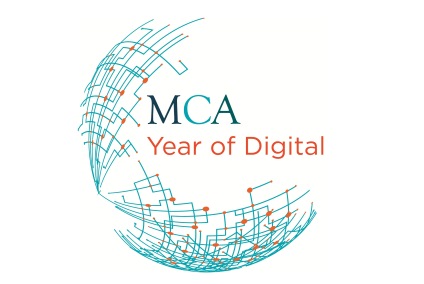The continuing explosion in mobile device usage across both the private and public sector is fuelling the need for Government organisations to accelerate their shift to digital channels, mobile-enabling their workforce, and transforming their business models.
Increasingly mobile-enabled citizens and consumers are challenging work place assumptions. This dynamic is driving reform in the public sector. The lines between workplace and home are blurring too. Police officers and care workers expect to work with the same mobile flexibility they have when using mobile banking or ordering their weekly shop through a retail app. And why not? The public sector workforce of this century will be populated by ‘Millenials’ who have an entirely new expectation of how they will live and work.
The benefits of cost reduction and efficiency improvements are real, tangible and significant. The Cabinet Office and GDS know this. They published their initial Digital Strategy at the end of 2012. This was set to kick start a step change. Yet many parts of the public sector are still struggling to begin the journey. They are unsure what to prioritise, and how to avoid knee-jerk digital initiatives that promise much but deliver little benefit. In short, they don’t know how to bridge the ‘expectations gap.’
Why are they struggling? Firstly, too many projects start from the IT and work backwards. In order to prioritise what’s important, the move to mobile needs to be firmly rooted in business issues. Business benefits of channel shift and mobility need to be aligned with the transformation in business transactions or processes which they are dependent on. Simply giving a public servant the functionality of their PC on a mobile device typically results in a dis-engaging end user experience. This won’t scale up and realise the desired cost savings and productivity improvements. To build engaging end user experiences, public sector bodies should place value on user design in the same way firms like Barclays, who are leaders in digital innovation in financial services, do.
However, the signs are positive. In 2015 the UK Post Office will embark on front office/branch transformation and the NHS its Electronic Staff Records project. These will entail building new skills and capabilities in those organisations. It will also mean engaging suppliers in supporting both the IT journey and more importantly the creative and visual design. The most successful mobile applications are those that engage their end users, who reuse their elegant, functionally rich designs repeatedly.
Scalability is also important. To benefit the organisation, mobile transformation needs to serve large scale workforces. Models for desktop and web application support are well understood. But mobile requires a new approach: an agile methodology, where functionality is updated in cycles that are typically weeks and not months long. The business, IT and suppliers must align behind a new way of working supported, not hampered, by the commercial model.
Public sector trends are starting to emerge. Large ERP back end systems for HR, payroll and finance can deliver significant incremental benefit, especially when combined with mobile front end applications and analytics engines. The combination can promote better decision-making. And models from the private sector are working their way into the assumptions of related public professions. Telecoms and energy & utilities companies increase field engineers’ productivity by giving them field force enablement to manage case loads, scheduling, order parts and equipment in real-time, and use social collaboration to increase the success rates. Public bodies with highly mobile staff like case workers, regulatory inspectors and police officers are developing similar approaches.
The people who are the catalyst for change are joining the public sector in increasing numbers. Digital disrupters from the private sector are taking up key C-level roles and can foster new approaches. To accelerate this mobile transformation Government needs to work with innovation partners who can deliver new services in new ways. Suppliers need to be able to work more in an ecosystem of cross-collaboration rather than in a tower model where each supplier delivers in a silo. Associated challenges around cross departmental and agency collaboration, shared budgets and new commercial models more akin to ‘Pay As You Go’ are starting to be addressed. As this momentum gathers pace, the public sector can embrace and foster a culture which emphasises the values of digital design, user experience and innovation. This will ultimately be transformative for public servants and citizens alike.
Written by Daniel Symonds, IBM's European Mobile Leader, as part of the MCA Year of Digital.


